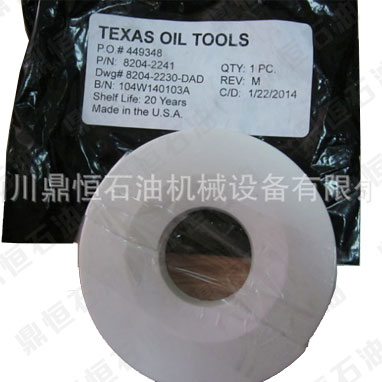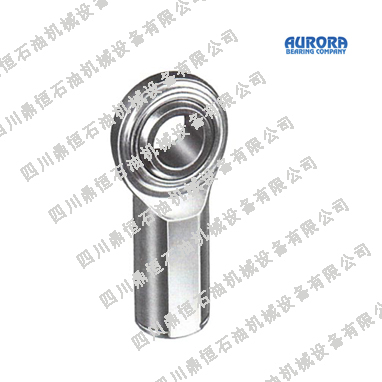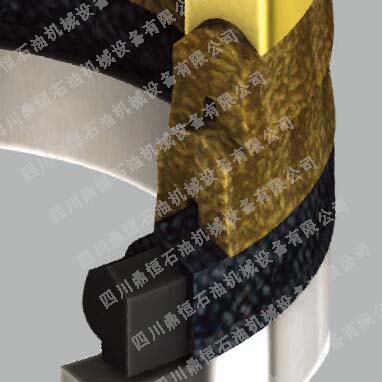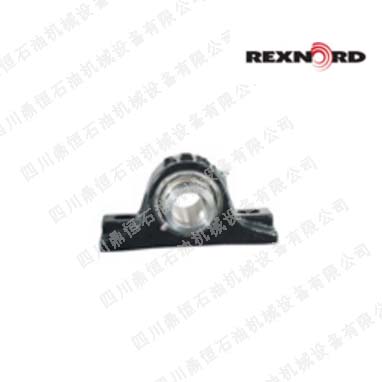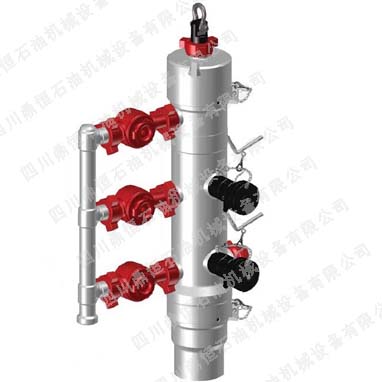Weir Oil & Gas白皮書:大限度地提高壓裂泵的功率端壽命
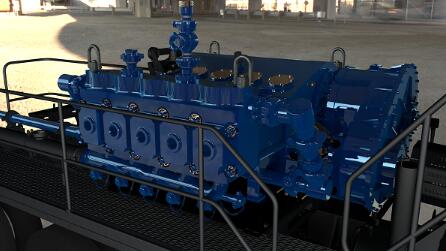
75%-80%的壓裂泵軸承故障與潤滑系統有關;石油污染是大的原因。設計合理的潤滑系統,創新技術,定期石油監測和及時換油可以顯著提高泵的壽命,提高效率,降低運營支出。
首先,選用的潤滑油要確保在整個工作范圍內的適當粘度。其次,為特定氣候設計的潤滑系統在沒有進行重要的設計參數評估前,包括石油類型和恒溫器,不能在不同的氣候條件下使用。 另外,有效的油冷卻、過濾、輸送壓力和流速對于操作至關重要。
壓裂泵的設計必須在全天候運行條件下提供更好的性能和可靠性。Weir集團泵產品首席工程師Ben Shuck以及高級工程師John McCrady進一步解釋了這份白皮書的內容。
現代水力壓裂作業對設備的要求日益嚴格。墊塊鉆井,全天候完井操作,更長的水位線,更多的階段,更高的壓力要求以及更大的油井支撐劑消耗量都大大提高了完井的運行強度。通過優化維護間隔來大化設備正常運行時間并降低成本需求的不斷增長。
由于壓裂泵是水力壓裂作業中關鍵的設備之一,因此它們必須設計成能夠在全天候的運行條件下提供更好的性能和可靠性,并能長期暴露于高速率,耐磨性,支撐劑載液等情況之下。雖然水力壓裂可提供曾經被認為不可能進行生產的碳氫化合物,但繼續降低運行壓裂油泵的成本對于在緊張的市場上降低每桶石油的成本至關重要。
關于鼎恒石油
四川鼎恒石油是Weir SPM的授權代理商,若需要購買SPM產品或需要了解產品詳細參數及相關疑問,可直接進入鼎恒石油官網咨詢網站客服或者撥打銷售熱線18000522697。
四川鼎恒石油機械設備有限公司(http://873817.com)是一家擁有進出口經營權,長期從事國內外石油天然氣設備和配件的專業銷售公司。鼎恒石油公司總部設在四川成都,在加拿大大不列顛哥倫比亞省成立了分公司。我公司與多家世界知名制造廠商建立了緊密的合作關系。
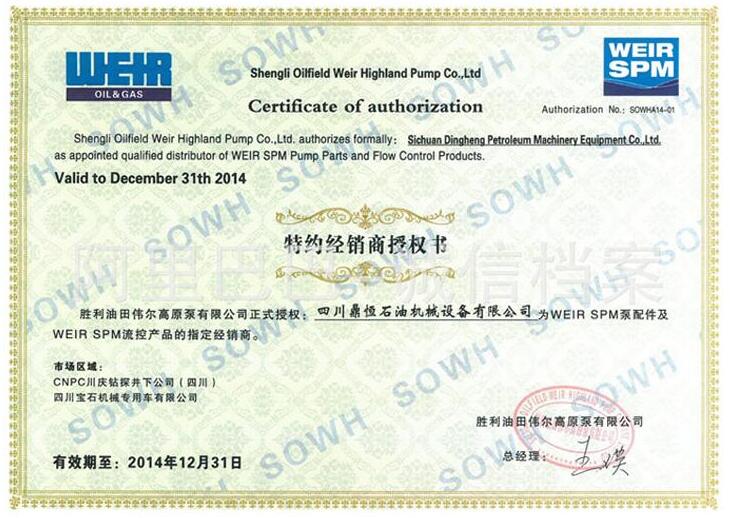
注:該文章由鼎恒石油編譯,轉發須注明出處。
附英文原文:
White Paper: Maximizing Frac Pump Power-End Life
75%–80% of frac pump bearing failures are related to the lubrication system; oil contamination is the single biggest cause. A correctly designed lubrication system, innovative technologies, regular oil monitoring, and timely oil changes can dramatically increase pump life, improve efficiency, and lower operating expenditure.
The lubricating oil is selected to ensure suitable viscosities across the entire operating range. Lubrication systems designed for a particular climate should not be used in a different climate without reviewing important design parameters, including the oil type and thermostat. Effective oil cooling, filtration, delivery pressure, and flow rate are critical to operations.
Frac pumps must be designed to deliver improved performance and reliability under 24/7 operating conditions. Ben Shuck, Pump Principal Engineer and John McCrady, Senior Engineer at Weir, explain further in this downloadable white paper.
Modern hydraulic fracturing operations are placing increasingly rigorous demands on equipment. Pad drilling, round-the-clock completion operations, longer horizontals, more stages, higher-pressure requirements, and greater proppant consumption per well have significantly increased the operational intensity of completions. There is growing demand to maximize equipment uptime and reduce cost by optimizing maintenance intervals.
Because frac pumps are one of the most crucial items of equipment in a hydraulic fracturing operation, they must be designed to deliver improved performance and reliability under the 24/7 operating conditions and extended exposure to high-rate, abrasive, proppant-laden fluids. While hydraulic fracturing has provided access to hydrocarbons once considered impossible to produce, continuing to lower the cost of operating a frac pump is critical to reducing the cost per barrel of oil in a tight market.
